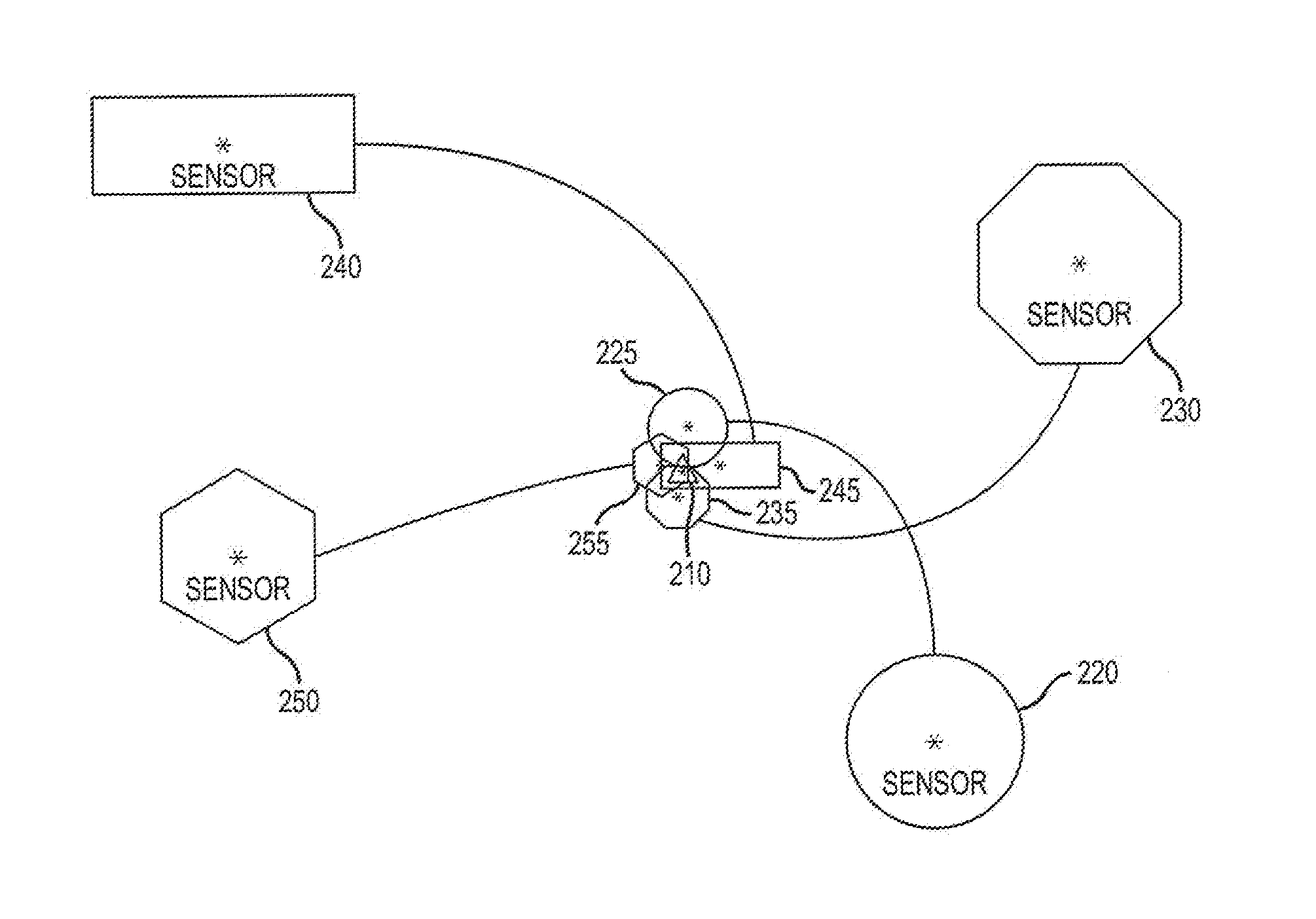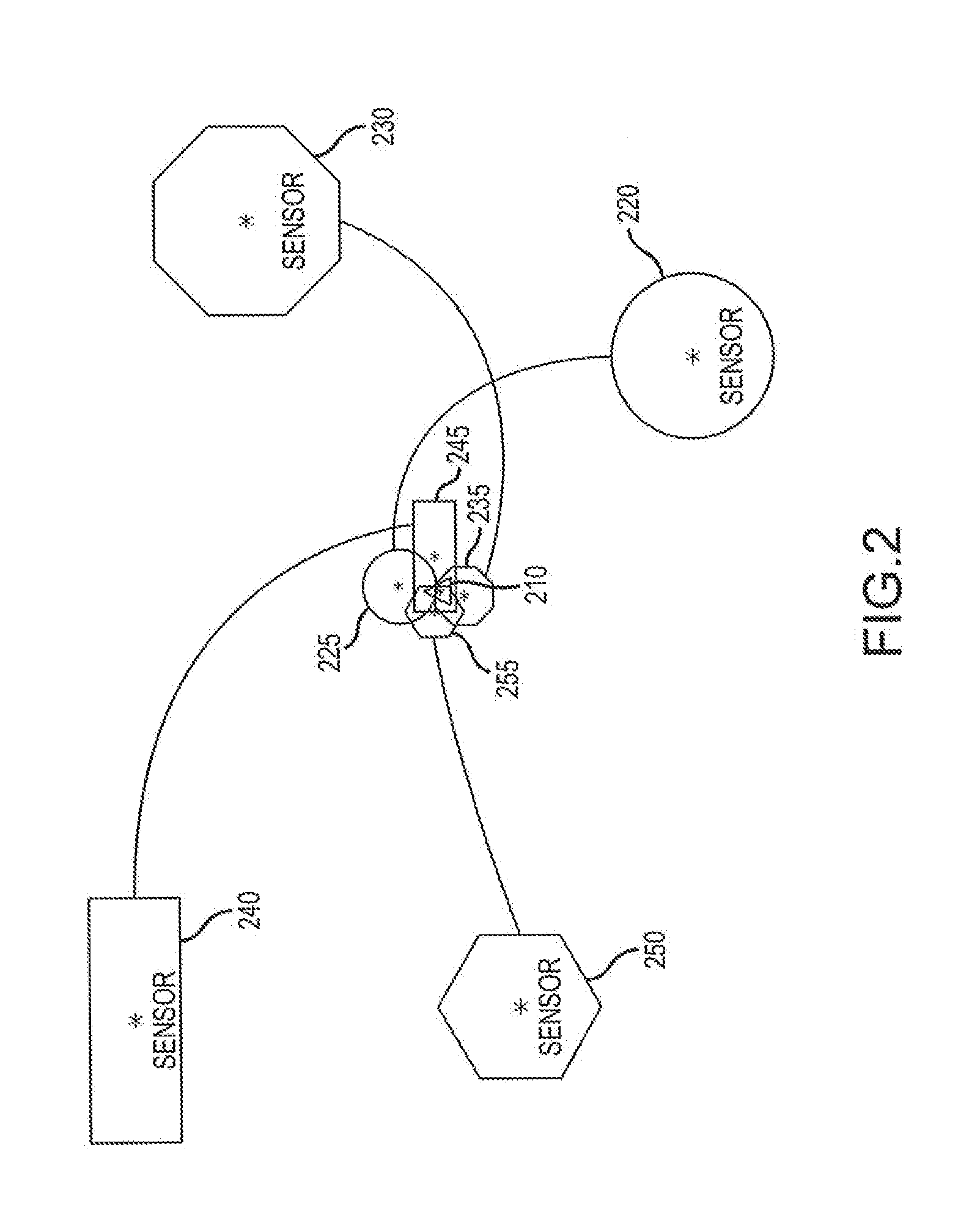Adaptive positioning system
a positioning system and positioning system technology, applied in the field of estimation of the position of objects, can solve the problems of inability to completely overcome the limitations of most individual sensors, inability to offer systematic means to adapt behavior, and inability to completely overcome data, etc., to achieve dramatic improvements in positioning, reduce odometric drift and error, and accurate positioning results
- Summary
- Abstract
- Description
- Claims
- Application Information
AI Technical Summary
Benefits of technology
Problems solved by technology
Method used
Image
Examples
Embodiment Construction
[0040]An Adaptive Positioning System (APS) synthesizes a plurality of positioning systems by employing a variety of different, complementary methods and sensor types to estimate the position of the object while at the same time assessing the health / performance of each of the various sensors providing positioning data. All positioning sensors have particular failure modes or certain inherent limitations which render their determination of a particular position incorrect. However, these failure modes and limitations can be neither completely mitigated nor predicted. The various embodiments of the present invention provide a way to mitigate sensor failure through use of an adaptive positioning method that iteratively evaluates the current effectiveness of each sensor / technique by comparing its contribution to those of other sensors / techniques currently available to the system.
[0041]The APS of the present invention creates a modular framework in which the sensor data from each sensor sy...
PUM
 Login to View More
Login to View More Abstract
Description
Claims
Application Information
 Login to View More
Login to View More - R&D
- Intellectual Property
- Life Sciences
- Materials
- Tech Scout
- Unparalleled Data Quality
- Higher Quality Content
- 60% Fewer Hallucinations
Browse by: Latest US Patents, China's latest patents, Technical Efficacy Thesaurus, Application Domain, Technology Topic, Popular Technical Reports.
© 2025 PatSnap. All rights reserved.Legal|Privacy policy|Modern Slavery Act Transparency Statement|Sitemap|About US| Contact US: help@patsnap.com



